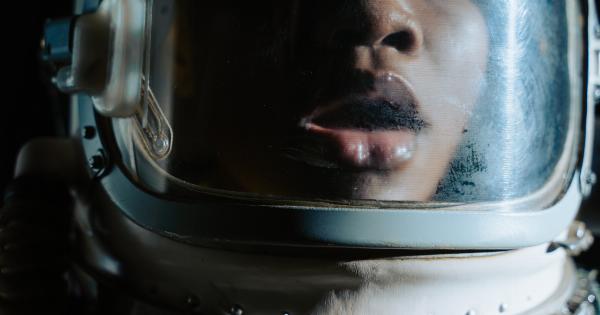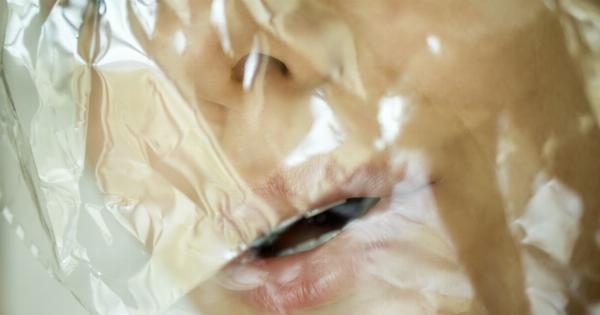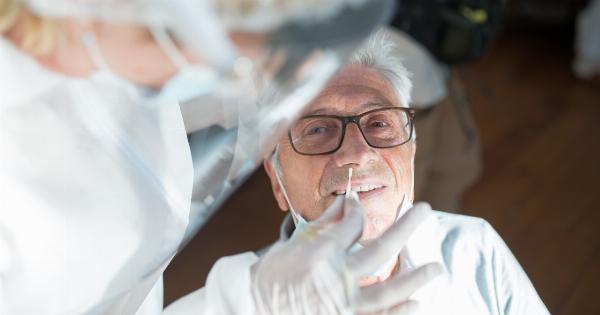There are many ways you can change the appearance of your nose, but nasal carving isn’t one you should try. It is a procedure that’s been around for centuries that often involves using a sharp instrument to reshape the nose.
It sounds simple enough, but this procedure is associated with numerous risks and potential complications. That said, the popularity of nasal carving is still growing, so it’s essential to understand what it entails, why it’s dangerous, and what you need to know before considering it.
What is Nasal Carving?
Nasal carving is a method of altering the shape of your nose without surgery. Unlike rhinoplasty, which is done under general anesthesia, nasal carving can be performed without sedation, and it’s much less expensive.
The procedure is usually done by injecting local anesthesia into the nose, using a special scalpel, or cutting tool to reshape the tissue.
The most common types of nasal carving are:.
- Rhinolithotomy – Used to remove hard accumulated substances inside the nose
- Rhinotomy – Performed to correct a nasal deformity or injury
- Rhinoplastic – Done to reshape the nose for cosmetic purposes
Dangers and Complications of Nasal Carving
The problem with nasal carving is that it can cause numerous risks and complications that range from minor to life-threatening. These include:.
Hematoma and Infection
The nose is one of the most vascularized structures in the body, meaning it has lots of blood vessels in it. When it is carved or cut, there is a high risk of excessive bleeding, which could lead to a hematoma.
Hematomas occur when blood accumulates under the skin and can have serious consequences if they aren’t drained promptly. Additionally, there is the risk of infections, which can occur when bacteria enters the body through the open wound created during the carving process.
Nasal Perforation
The nasal septum is the thin wall of bone and cartilage that separates the two sides of the nose. It is crucial for the proper functioning of the nose, and when it’s damaged, it can lead to a host of problems.
One of the most severe complications of nasal carving is the perforation of the nasal septum. This happens when the sharp tool used in the procedure penetrates the septum, creating a hole. If left untreated, nasal perforation can cause chronic rhinitis, sinusitis, and even collapse of the nose.
Nasal Obstruction
After nasal carving, patients may experience difficulty breathing through their nose due to the tissue becoming inflamed and swollen. This condition is known as a nasal obstruction, and it can be a severe issue for those who suffer from it.
In cases where the nasal obstruction is permanent, it can only be solved through surgery.
Numbness and Discoloration
As with any procedure that affects the skin, there’s a risk of damage to the nerves in the nose. When this happens, patients can experience numbness or loss of sensation around the nose.
Additionally, the tissue around the nose can become discolored, leading to the appearance of bruising or hematoma.
What You Should Do if You’re Considering Nasal Carving?
If you’re considering nasal carving, it’s crucial to understand the risks involved. You should talk to your doctor, dermatologist, or plastic surgeon before subjecting yourself to this dangerous procedure.
It’s essential to remember that even though the procedure may seem less invasive than conventional rhinoplasty, it carries significant risks and should only be done by a trained professional in a reputable facility.
In Conclusion
The bottom line is that nasal carving is a dangerous procedure that can cause life-long complications and should be avoided.
While rhinoplasty might seem like the only option for those looking to change their noses’ appearance, there are several other alternatives that can help with cosmetic improvement. If you’re dissatisfied with the look of your nose, consider non-surgical nose jobs, injectables, or even makeup to achieve your desired results.






























